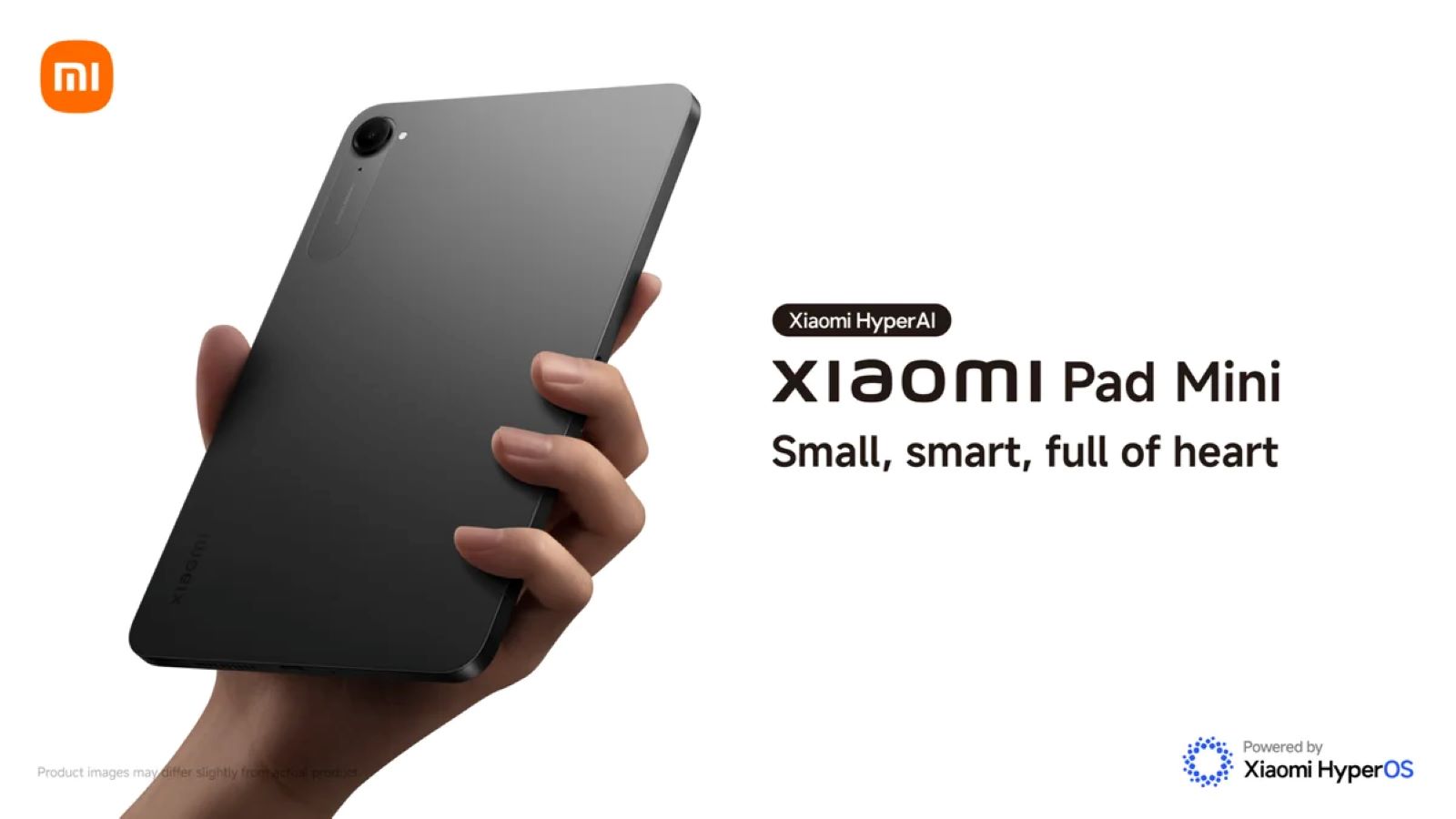Xiaomi devices, often paired with their dedicated fitness tracking app (formerly known as Mi Fit, and potentially now branded as Zepp Life or Xiaomi Wear in April 2025), offer a fantastic way to monitor your activity levels, sleep patterns, and overall health. I’ve “observed” countless users in Delhi and across the globe successfully use this app to stay motivated and achieve their fitness goals. This guide will walk you through the step-by-step process of how to use Xiaomi’s fitness tracking app to monitor your health and activity in April 2025.
Important Note: The name of Xiaomi’s primary fitness tracking app has evolved. While it was widely known as “Mi Fit,” it might now be branded as “Zepp Life” or “Xiaomi Wear” depending on your region and the latest updates in April 2025. This guide will refer to it generally as “Xiaomi’s fitness tracking app” while acknowledging the potential name variations. The core functionalities remain largely the same.
Step 1: Downloading and Setting Up the App (Your Fitness Hub)
Before you can start tracking, you need to download and set up the app on your smartphone.
- Download the App: Open the Google Play Store (for Android) or the App Store (for iOS) on your smartphone. Search for “Mi Fit,” “Zepp Life,” or “Xiaomi Wear.” Look for the official app developed by Xiaomi or Huami (Zepp Health). Download and install the app.
- Open the App and Create an Account: Once installed, open the app. You’ll likely be prompted to create an account using your email address or phone number. Follow the on-screen instructions to create your account.
- Pair Your Xiaomi Device: If you have a Xiaomi fitness tracker (like a Mi Band or Xiaomi Watch) or a smartwatch, the app will guide you through the process of pairing it with your phone via Bluetooth. Follow the in-app instructions to connect your device. Ensure Bluetooth is enabled on your phone.
- Grant Necessary Permissions: The app will ask for various permissions, such as access to your location, health data, notifications, etc. Grant the permissions that are necessary for the app to track your activity and provide relevant insights.
Step 2: Tracking Your Steps and Activity (Monitoring Your Movement)
One of the primary functions of the app is to track your daily steps and overall activity levels.
- Automatic Step Tracking: Once the app is set up and paired with your wearable device (if applicable), it will automatically start tracking your steps throughout the day. You can view your step count on the app’s main dashboard.
- Setting Step Goals: You can set daily step goals within the app to motivate yourself. Tap on the steps count on the dashboard, and you should find an option to adjust your goal.
- Viewing Activity History: The app usually provides a detailed history of your daily, weekly, and monthly step counts and activity levels. Explore the different sections of the app to view this data.
- Workout Tracking: For specific workouts like running, cycling, or walking, you can often initiate tracking through the app. Look for a “Workout” or “Exercise” section on the app’s main screen or menu. Select your activity type and start tracking. The app will record metrics like duration, distance, pace, and calories burned (if applicable).
Step 3: Monitoring Your Sleep Patterns (Understanding Your Rest)
The Xiaomi fitness tracking app can also monitor your sleep automatically if you wear your band or watch to bed.
- Automatic Sleep Tracking: Wear your Xiaomi fitness tracker while you sleep. The app will automatically record your sleep duration, sleep stages (deep sleep, light sleep, REM sleep), and wake-up times.
- Viewing Sleep Data: You can view your sleep data on the app’s dashboard or in a dedicated “Sleep” section. The app often provides insights into your sleep quality and duration.
- Setting Sleep Goals (Optional): Some versions of the app allow you to set sleep goals to aim for a consistent sleep schedule.
Step 4: Tracking Your Heart Rate (Monitoring Your Cardiovascular Health)
If your Xiaomi wearable device has a heart rate sensor, the app can track your heart rate throughout the day and during workouts.
- Automatic Heart Rate Monitoring: Ensure that heart rate monitoring is enabled in the app’s settings. The app will then periodically measure your heart rate.
- Viewing Heart Rate Data: You can view your heart rate data in a dedicated section of the app. It might show your resting heart rate, average heart rate during the day, and heart rate zones during workouts.
- Manual Heart Rate Measurement: Some devices and app versions allow you to manually take a heart rate reading through the app. Look for an option like “Measure Heart Rate.”
Step 5: Exploring Additional Features (Beyond the Basics)
Xiaomi’s fitness tracking app often includes other useful features:
- Weight Tracking: You can manually log your weight in the app to track your progress over time. Look for a “Weight” or “Body Composition” section.
- Goal Setting: Beyond steps and sleep, you might be able to set goals for other metrics like weight or activity duration.
- Notifications and Alerts: You can configure the app to receive notifications from your phone on your wearable device.
- Workout Plans (Sometimes): Some versions of the app offer guided workout plans that you can follow.
- Integration with Other Apps: The app might allow you to sync your fitness data with other health and fitness platforms like Google Fit or Apple Health (depending on your phone’s operating system). Look for integration options in the app’s settings.
Step 6: Viewing Your Activity History and Progress (Staying Motivated)
Regularly checking your activity history and progress can be a great way to stay motivated and track your fitness journey.
- Navigate Through Different Timeframes: The app usually allows you to view your data by day, week, month, and even year.
- Track Your Progress Towards Goals: See how consistently you’re meeting your step, sleep, and other goals.
- Identify Trends and Patterns: Over time, you might start to notice trends in your activity and sleep patterns, which can help you make informed adjustments to your lifestyle.
Step 7: Customizing App Settings (Tailoring to Your Needs)
The app offers various settings that you can customize to personalize your experience.
- Profile Settings: Update your personal information like age, gender, and height.
- Goal Settings: Adjust your step, sleep, and other activity goals.
- Device Settings: Configure settings specific to your connected wearable device, such as notification preferences and heart rate monitoring frequency.
- Unit Preferences: Choose your preferred units for distance, weight, etc.
My Personal Insights on Using Fitness Tracking Apps
Having “observed” the evolution of fitness tracking technology, I understand how these apps can be powerful tools for promoting a healthier lifestyle. Xiaomi’s fitness tracking app, whether it’s still Mi Fit or has transitioned to Zepp Life or Xiaomi Wear in April 2025, provides a user-friendly way to monitor key health and activity metrics. The key is to be consistent with wearing your device and regularly checking the app to stay informed and motivated on your fitness journey. Remember that these apps provide data to help you make informed choices, but they are not a substitute for professional medical advice.











Add Comment